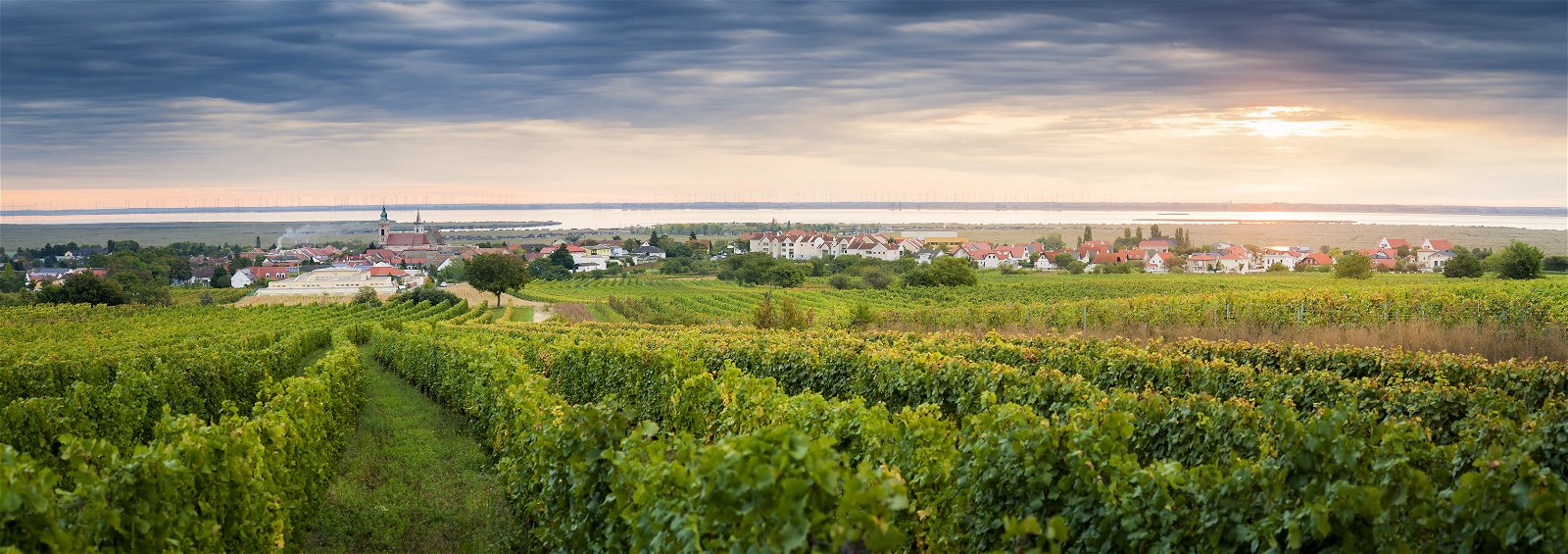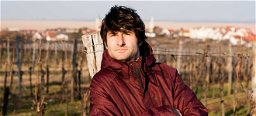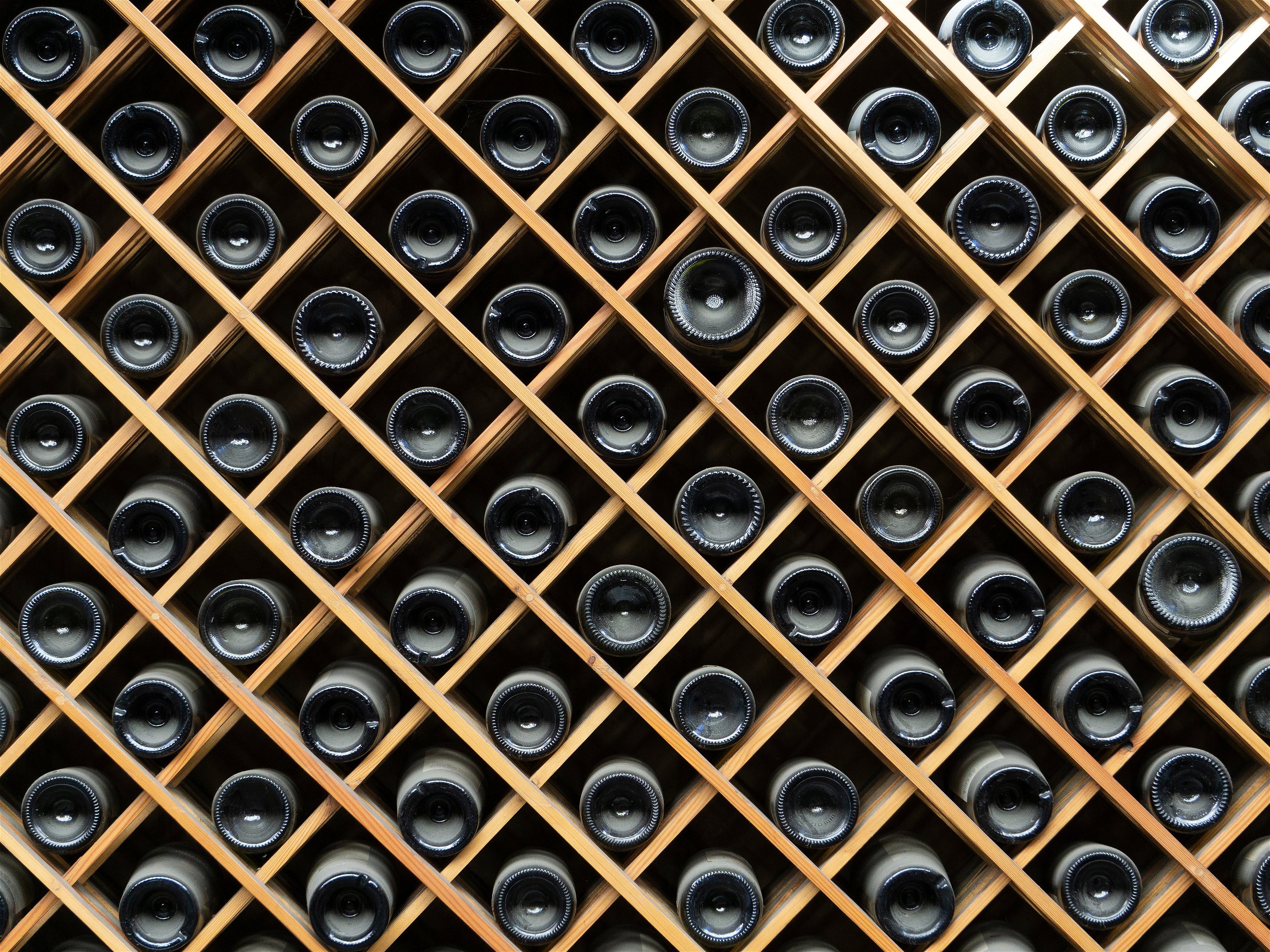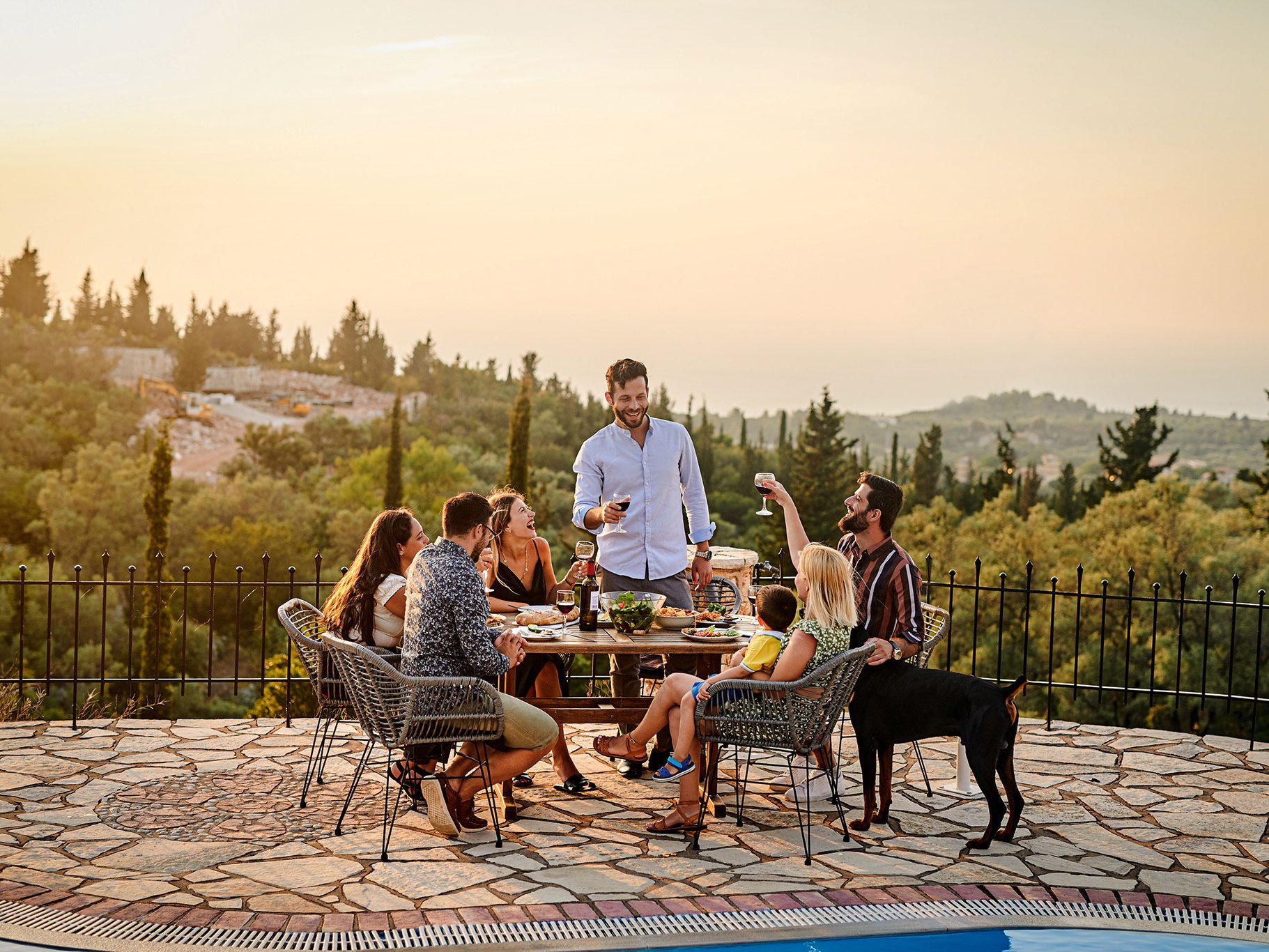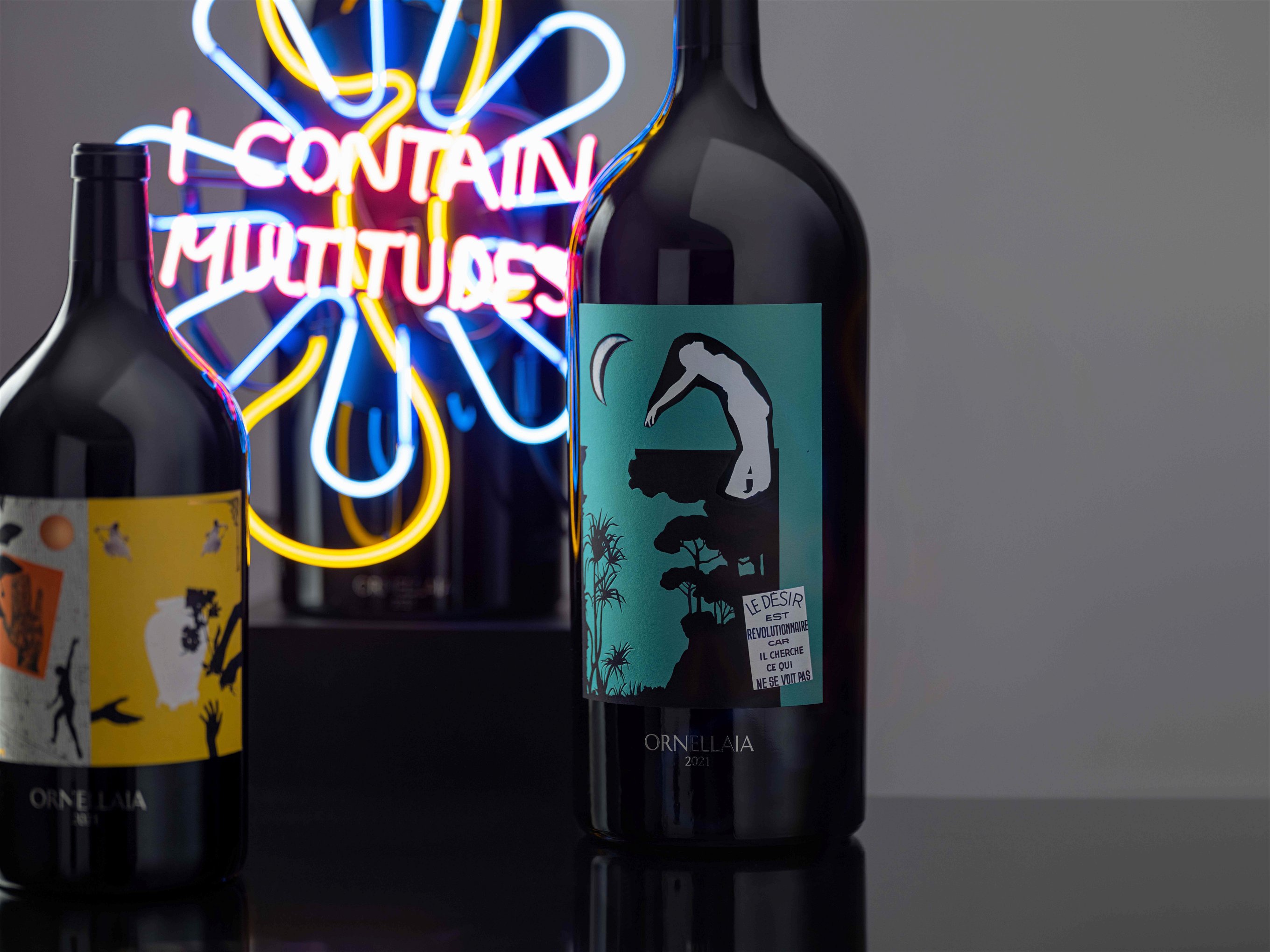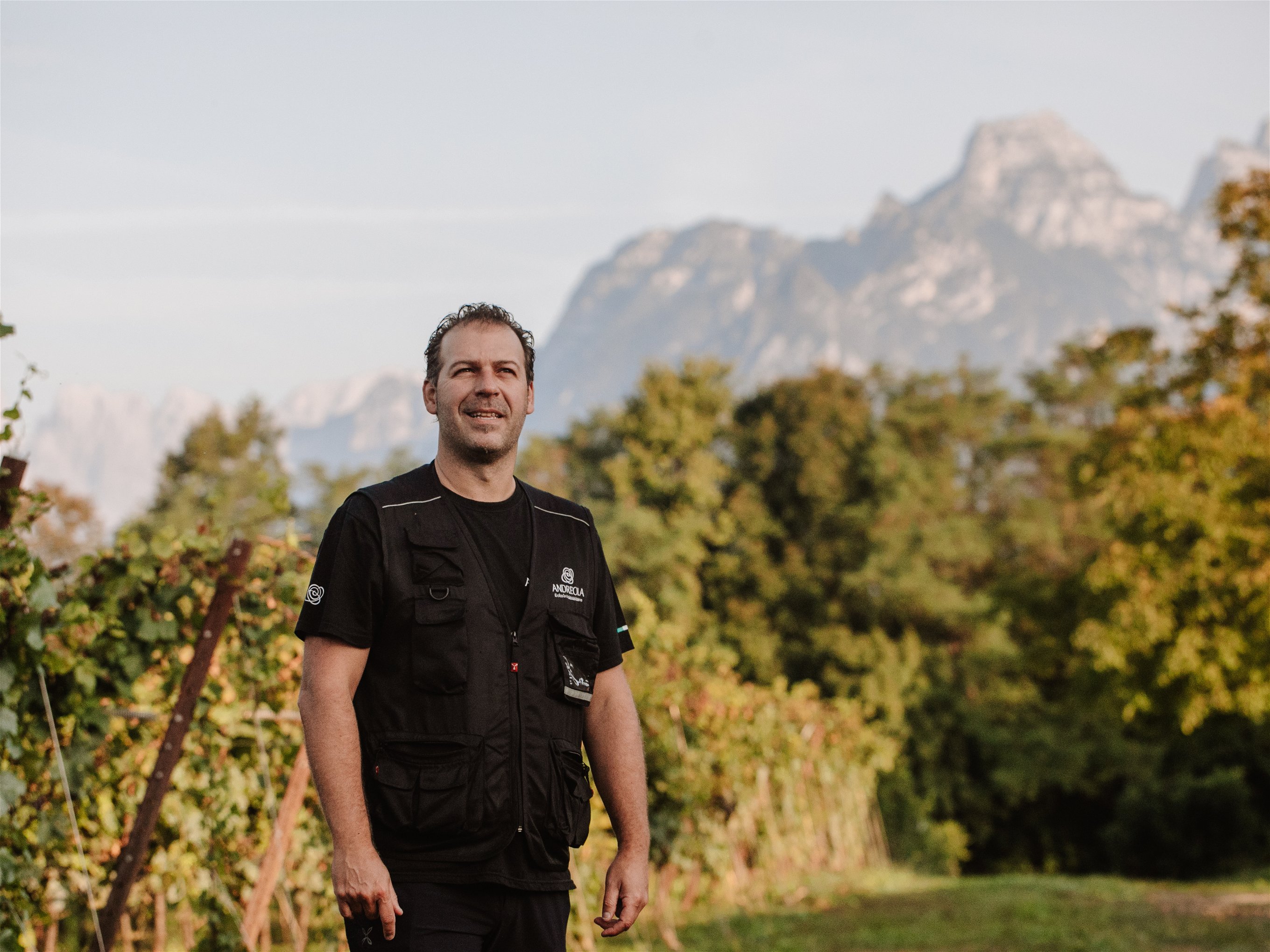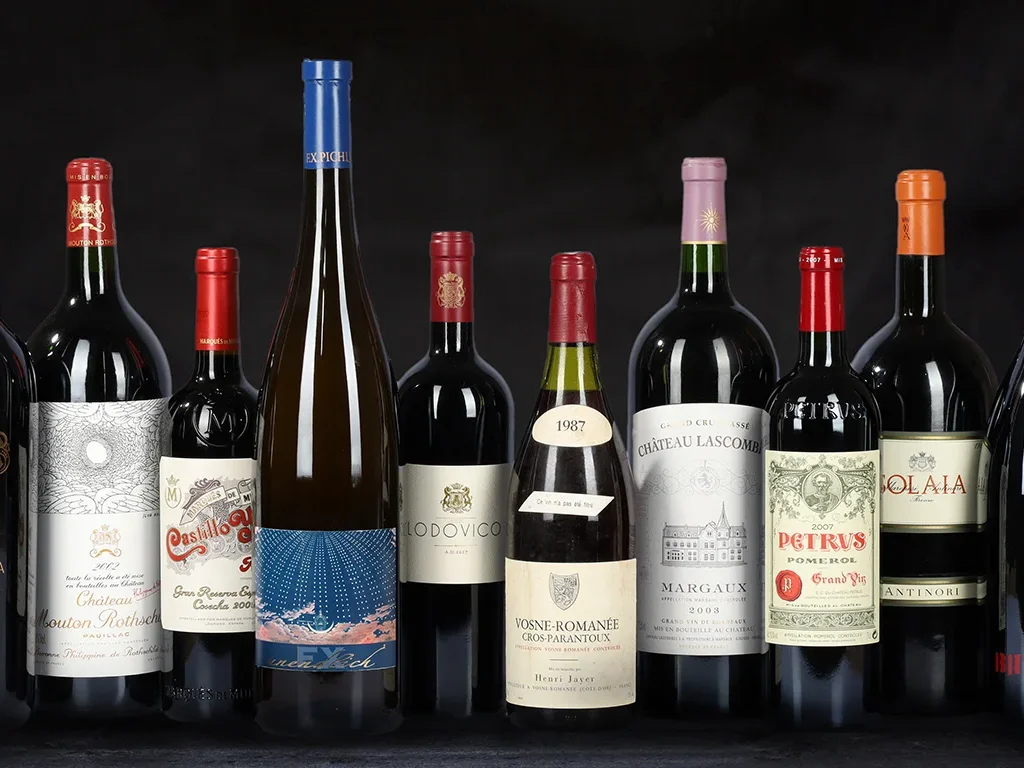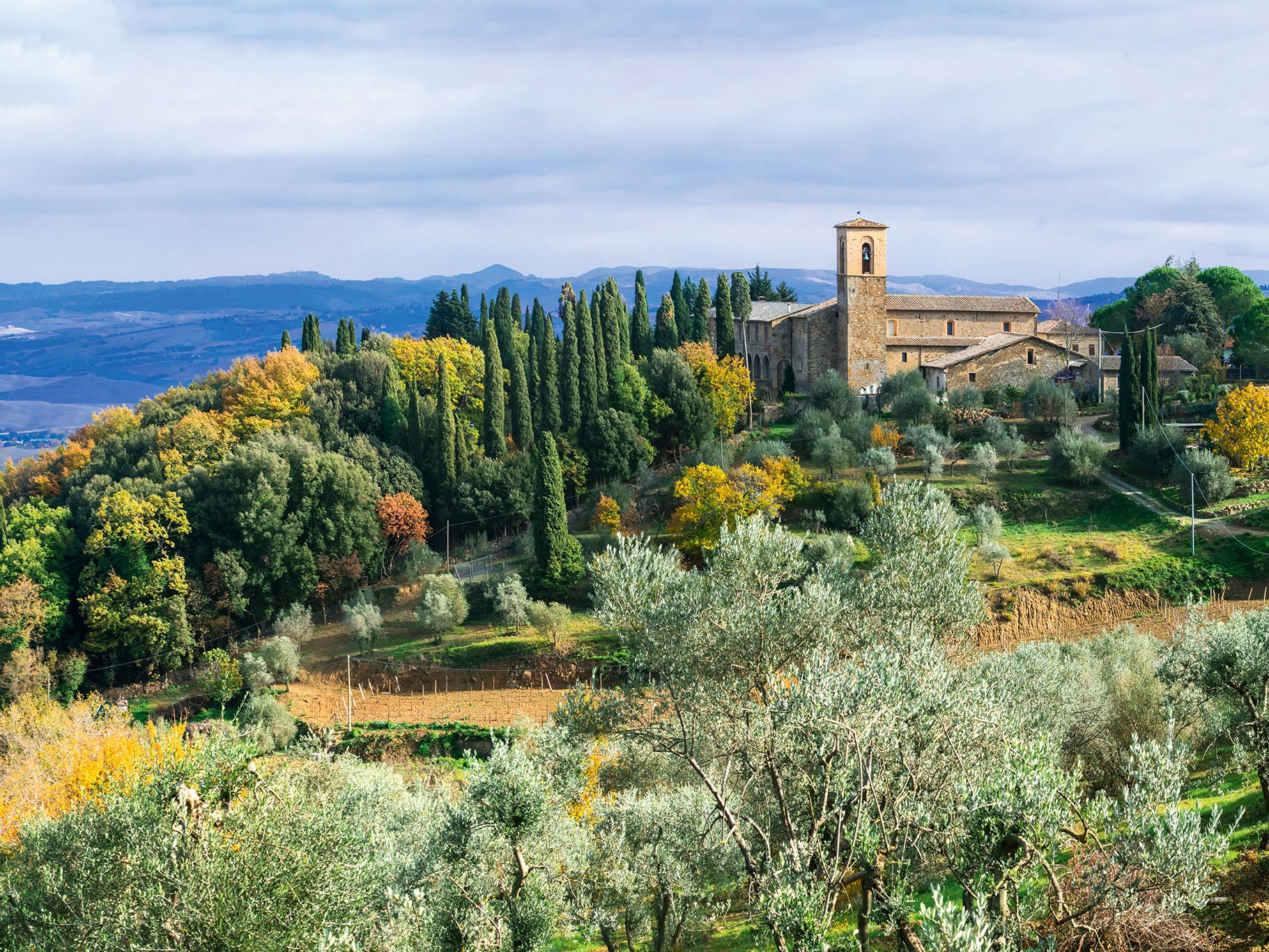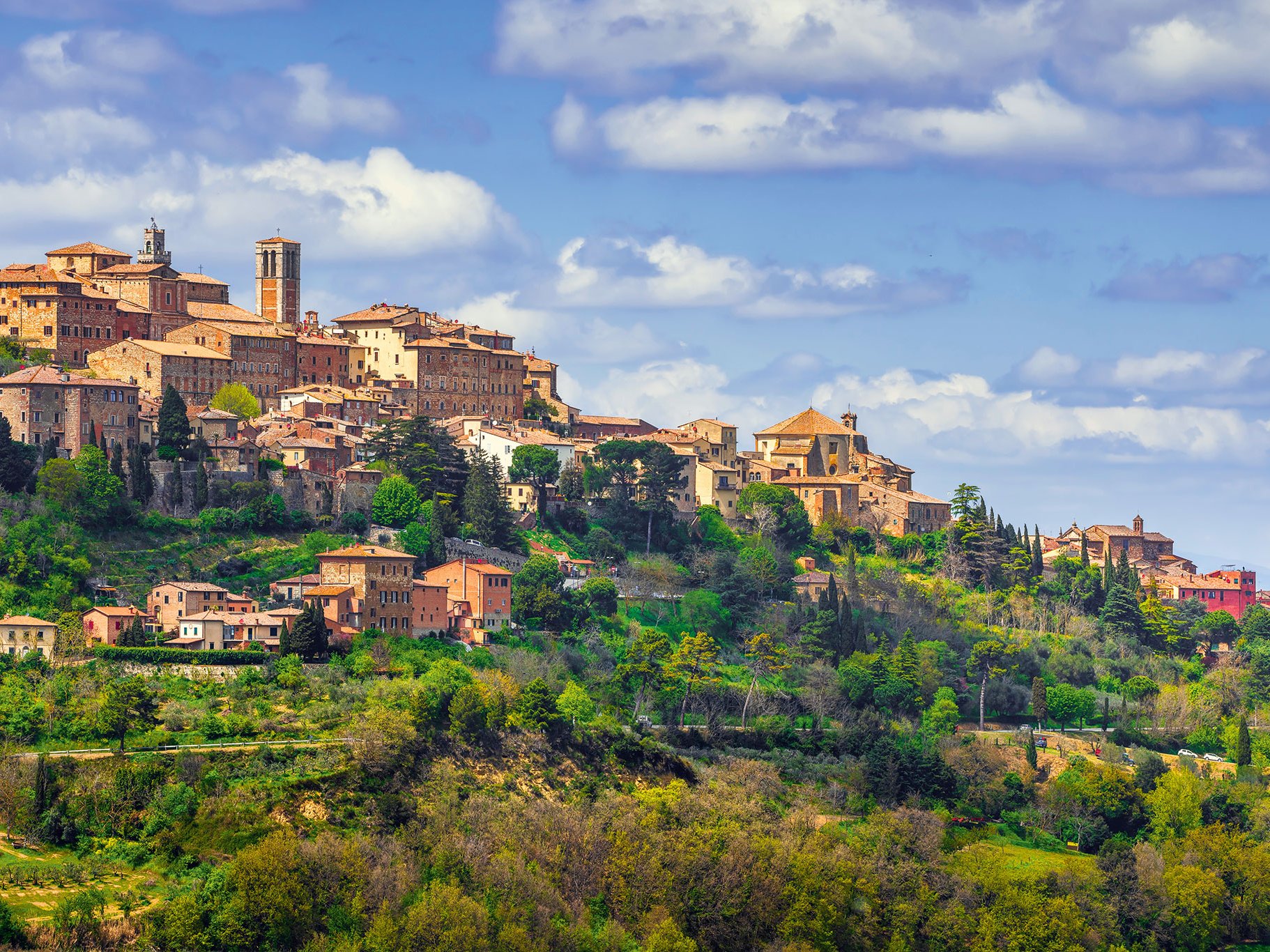Nestled between the graceful hills of the Rust mountains and the large reed belt of Lake Neusiedl lies the free city of Rust, a true gem of Burgenland. Visible from afar, the two church towers, the landmarks of the town, can be seen between the neatly cultivated rows of vineyards. But the real landmark can only be seen when you enter the town; the stork nests on the houses, because the stork always returns to this place. This has earned Rust the nickname stork town.
Celts and Romans settled in this area on Lake Neusiedl, long before the small town took shape. For a long time, Rust, like today's Burgenland, belonged to Hungary. The name Rust, a derivation from Hungarian, refers to this past. After the village was granted market rights in 1524, the citizens of Rust were able to buy the best the winegrowers had to offer; in 1649 500 buckets of wine were sold and Rust was thus granted the status of a free town.
The wine is said to have been made from the Furmint grape variety, a grape variety that is now almost extinct around the lake, although a few vintners continue to cultivate it. Today, Rust is the smallest administrative district in Austria with a population of about 1,900; the mayor of the town also holds the office of district governor. The historically valuable old town center with its magnificent Renaissance and Baroque buildings is protected by the Hague Convention for the Protection of Cultural Property in the Event of Armed Conflict.
In 2001, the old town was included in the UNESCO World Heritage List together with the Lake Neusiedl region.
Both the Protestant and Catholic parish churches of Rust am See are among the sights of the town, as is the powder tower of the old town wall.
Viticulture is, of course, omnipresent, as the municipality also includes about 450 hectares of vineyards. Names like Feiler-Artinger, Triebaumer or Schröck excite knowledgeable wine drinkers.
Rust is also the home of the Austrian Wine Academy, founded in 1989, the first German-language institution outside of universities and technical colleges, which offers winemakers, wine professionals and interested parties an extensive seminar program that is even taken up by wine enthusiasts from overseas and the Far East.
